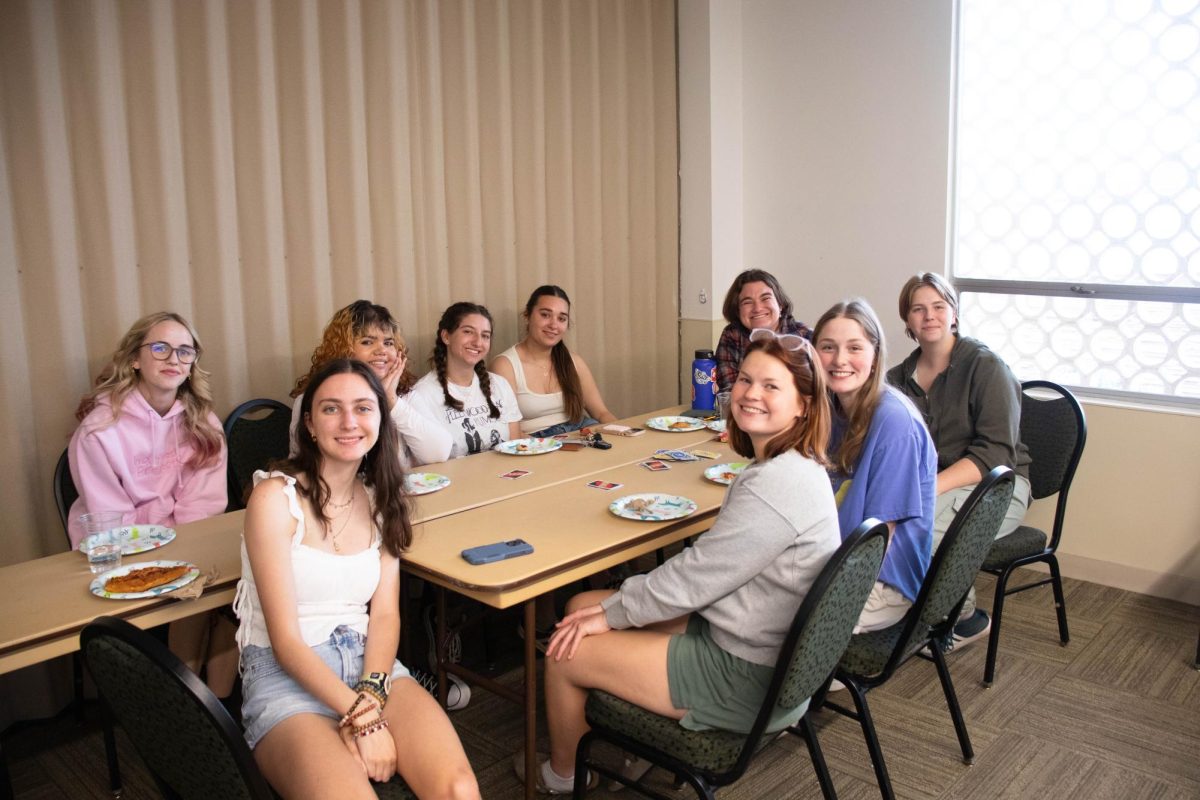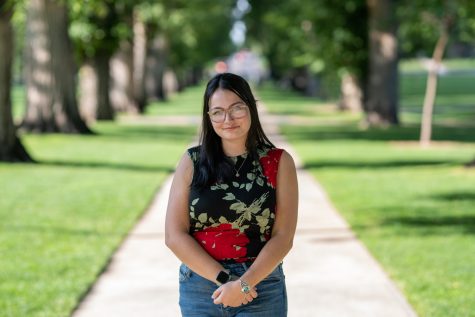Being financially independent does not have to be daunting. It is a matter of understanding where to find helpful information and guidance as well as understanding the terminology of finances. Being confident and knowing the available resources are essential to gaining financial independence.
Colorado State University Professor Lauren Paul gave advice to students navigating this world from her perspective with a master’s degree in accounting and a master’s degree in business administration.
Budget before it’s too late
Budgeting does not have to be difficult or time-consuming. It is all about writing the plan and working the plan. When budgeting, students should make sure they are first choosing which type of budgeting framework works for them.
“Track your spending — no judgments, no goals — just write it down,” Paul said. “If you do not know what you are spending and what you are making, … it is going to be really difficult to define a goal. You can’t get where you’re going if you don’t know where you are.”
Students new to budgeting should calculate income and track spending. Students should set realistic goals and plan for the worst. Once that plan is made, the key is to stick to it.
“You need to know how much net revenue … you have and be able to allocate that with your expenses and savings, and hopefully, you have leftover fun money,” Paul said.
What you want to do will largely impact your savings goals.
“You gotta ask, ‘What is it I want to do?’” Paul said. “If you want just general savings, the easiest thing you can do is find a savings account where it has a high-yield savings account and rates change all the time.”
If general savings are the goal, as they are for most students, Paul recommended opening a brokerage account and investing in zero-expenses SPN 500 funds. Opening a savings account in a bank you don’t currently use to mitigate spending is also useful, Paul said.
“It has to be money you are comfortable not having,” Paul said. “I strongly recommend it is (your savings account) in a bank you are not using all the time. (Open) checking accounts in one bank and the high-yield savings account in another bank.”
When building your budget, you can start with the 50/30/20 method. This splits your spending into three categories. Fifty percent goes to necessities such as food and rent and maybe transportation. Thirty percent goes to fun money; you spend it on things you want. Lastly, 20% goes to your savings and emergency accounts, including retirement. This allows you to leave yourself a cushion in your account to be prepared for any occasion.
Alternatively, you can build up your budget first. This is the reverse of the 50/30/20 method. You begin with how much you want to put into your savings. Then, you use the rest to pay for your bills and other expenses. This method may work for you if you enjoy the idea of paying yourself first and expenses later.
Don’t ignore the 401k.
“If you are starting a job, take advantage of the 401k because oftentimes, they will match, and you do not want to sacrifice free money,” Paul said. “Get started as soon as you can. … If you are in your early 20s, that is the best time to start saving.”
In addition to following Paul’s advice, students should be looking to build skills around filing taxes and using assistance programs.
How to do your taxes — it’s easy
Everyone dreads the day they have to do their taxes; it is time-consuming and complex. However, it does not have to be that complicated, especially when you are young without things like a house to your name.
There are many websites that help you do your taxes, such as TurboTax, which allow you to file your taxes for free under certain conditions.
It is important that before you sit down and do your taxes, you gather all the forms you may need. W-2 is the form you will receive from your employer, whether digitally or through the mail, recording your income. Another form you may have is a 1099 form, which is used for any money you receive if you are an independent contractor or if you are a nonpayroll worker.
Once you have all the forms you need, you can start filing your taxes. The process of using an online website is super simple; they will walk you through each step of filling out the information the IRS needs. Sometimes, you can digitally scan your forms and skip that step.
However, you should always double-check to make sure those numbers are entered correctly. Once you are done, you will be given a choice to receive your return by mail or directly to your bank. Whatever you choose, you can now do taxes yourself with minimal stress.
Supplemental Nutrition Assistance Program
Whether you are a college student drowning in tuition, unable to buy food, or a young adult just trying to support yourself, the Supplemental Nutrition Assistance Program is a helpful program through the federal nutrition program made to help put food on your plate.
SNAP has numerous ways you may qualify for assistance. Important factors include working part time or being unemployed and working for low wages. Household size and income are also other factors they use to see if you qualify; for example, if you are one person with a gross monthly income of $2,430, you may be able to receive SNAP benefits.
The application process is easy, and you will know your eligibility no later than 30 days after submission. You can submit an application through Colorado Peak, or you can print the application through the Colorado Department of Human Services and mail it to your county human service office.
An interview process may be necessary; if so, the county office will call you with further information they may need. Once you have been approved, you will receive an electronic benefit card similar to a debit card that you may use at participating stores.
Colorado Low-Income Energy Assistance Program
Colorado is known for its very cold winters, which can make heating bills skyrocket and be impossible for some people to pay. The Colorado Low-Income Energy Assistance Program is a program for those who need extra assistance in staying warm.
If you do not exceed 60% of the state’s median income, you may qualify. For example, a one-person household’s maximum income should be $3,081 in order to qualify.
You can apply through the Colorado Peak website or download an application and deliver it to your local human services office. You can find the application at the Colorado Department of Human Services website. The deadline for this program is between Nov. 1 and April 30. As long as the application is filled out completely, there is no interview process necessary, and you should know if you qualify within 25 days.
Reach Alexis Austere at life@collegian.com or on Twitter at @CSUCollegian.







